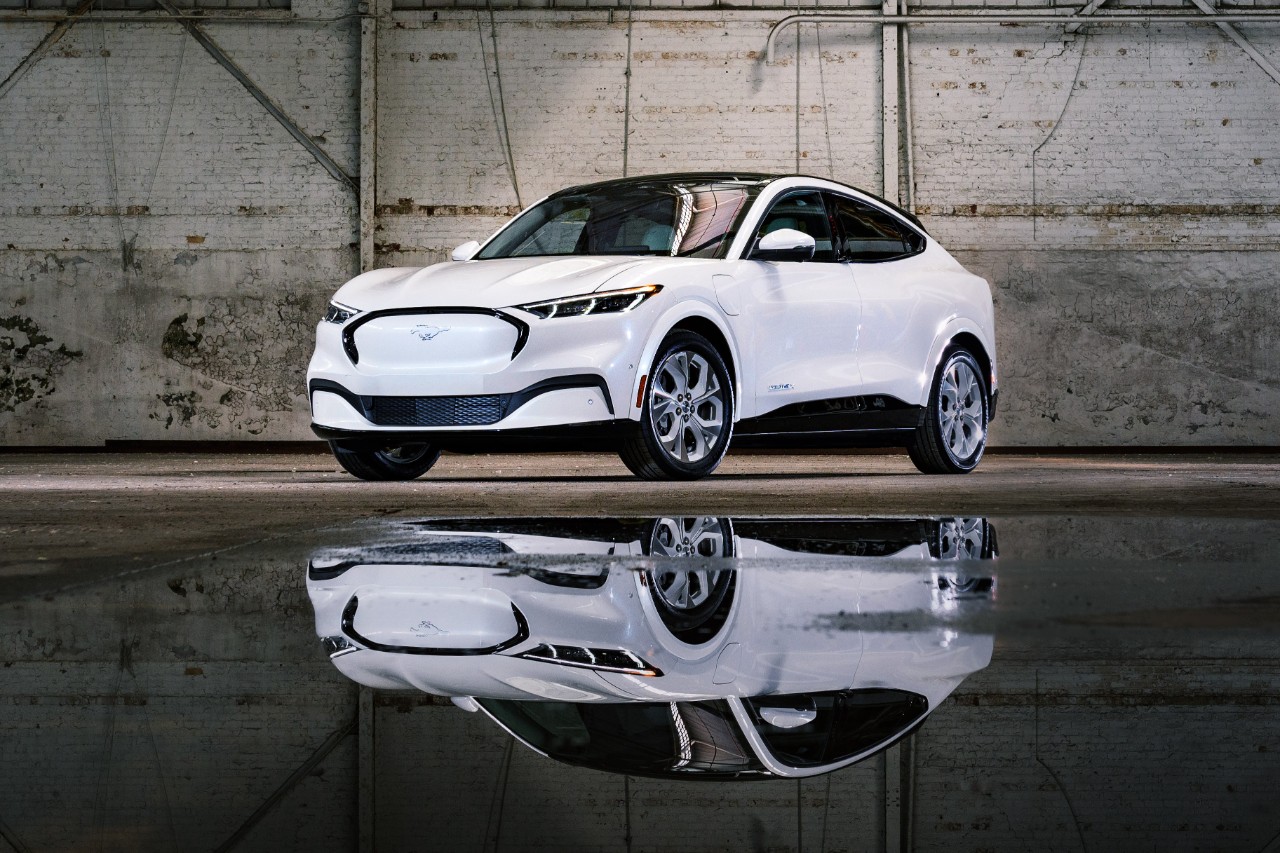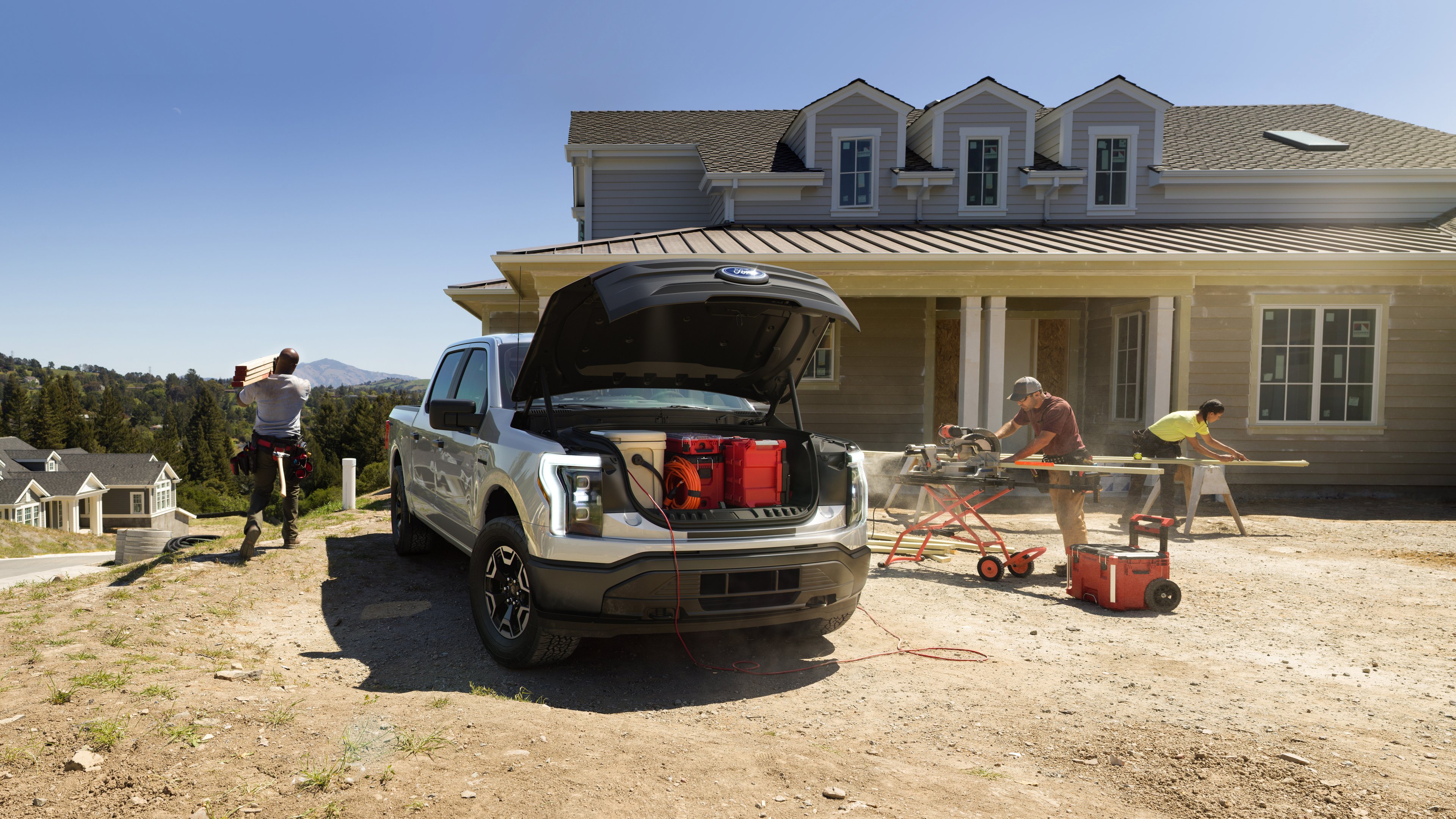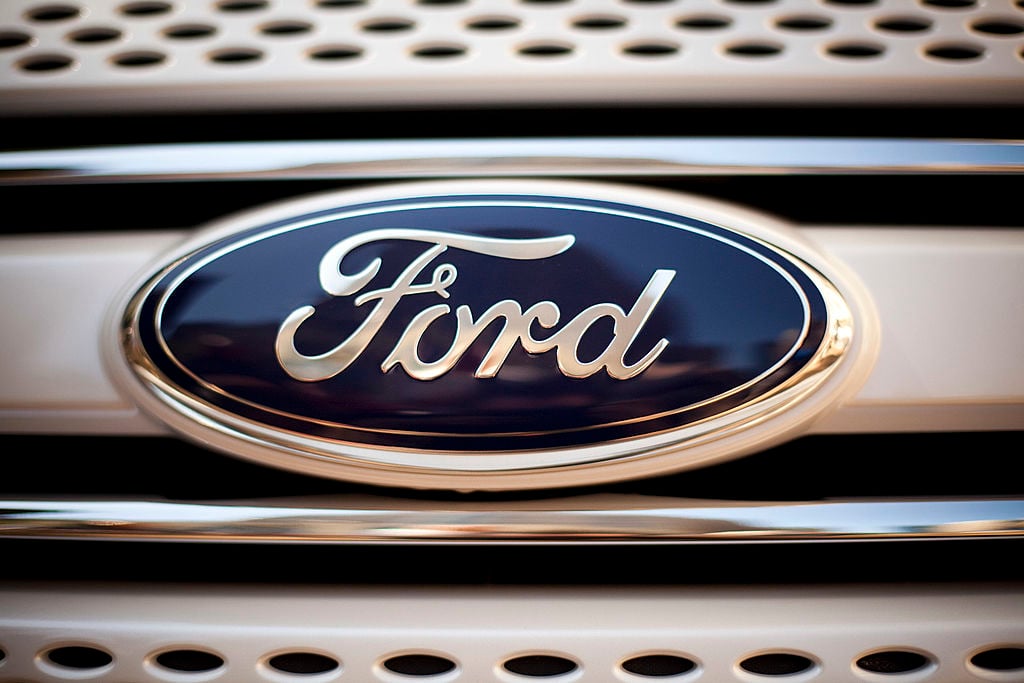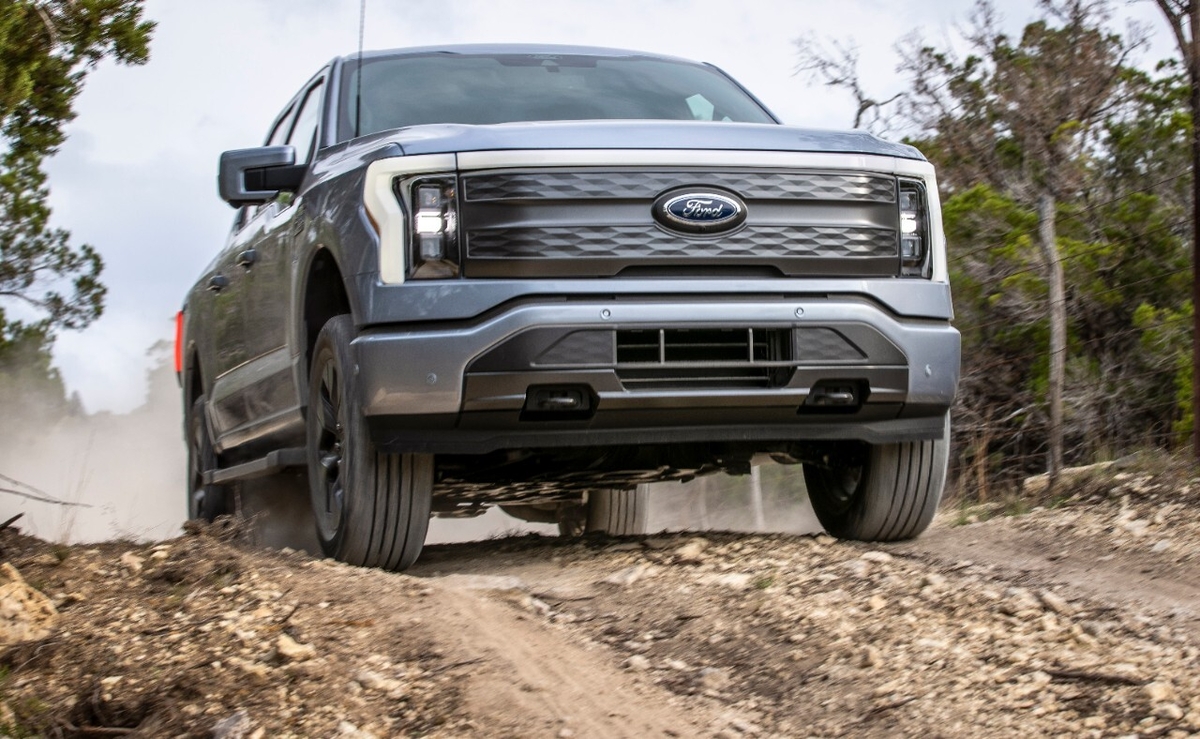
The 2015 Ford F-150 is "all-new", but the 2016 Ford Explorer is just "new." What's the difference? Source: Ford Motor Company.
Ever wonder why automakers refer to some models as "new" -- and others as "all-new"?
Or why some automakers brag about their fleet sales?
Or why the Detroit automakers pay out a whole lot more in incentives than their overseas rivals -- and why Wall Street analysts don't think that's a bad thing?
If you've ever asked yourself these questions -- or just wondered about the answers -- then read on.
The difference between "new" and "all-new" cars
Coming this fall is General Motors' (GM 1.44%) "all-new" sedan, the 2016 Chevrolet Malibu.

The all-new 2016 Chevrolet Malibu will arrive at dealers this fall. Source: General Motors.
It's not a completely new model. Chevy has been building Mailbus for decades. But it's still "all-new." But we say that it's "all-new" because it has been completely reengineered. Its underpinnings are different, its body panels are a new design, the interior is completely different, and so on.
In other words, even though it's a mid-size sedan replacing another mid-size sedan called "Chevrolet Malibu," it's all-new. It shares few if any parts with the outgoing 2015 model.
Compare it to the "new" 2016 Ford (NYSE: F) Explorer.
The current Ford Explorer was "all-new" in 2011. For 2016, Ford gave the Explorer a new front-end design, a new optional engine, a new top-tier trim line ("Platinum"), and a bunch of new high-tech features. It's far from a complete redesign, but it's enough to make it "new," at least in the eyes of Ford and its dealers.

Ford's Explorer SUV has been overhauled for 2016. It's "new," but not "all-new." Source: Ford Motor Company.
In the industry, this is called a "mid-cycle refresh." Typically, an "all-new" model is expected to sell for five to seven years, give or take, before the next "all-new" version is released. Automakers typically plan to give models an update part-way through.
Why? Because new models -- whether "all-new" or refreshed -- generally get a sales boost. (The "new" Explorer started arriving at dealers recently; sales rose 27% last month.)
Ford will do an "all-new" Explorer before long, probably for the 2018 model year. It'll be expensive: "All-new" models cost hundreds of millions of dollars, sometimes a billion or more including the cost of the model-specific factory tooling.
But a refresh changes only a small number of parts, relatively speaking (and thus a small number of tools). It's a much lower-cost way to give a model a sales boost.
Aren't "fleet sales" a bad thing? Why do some automakers brag about them?
In the bad old days of Detroit, when sales sagged, the Big Three would sell huge loads of cars to rental car companies. That made the sales and production numbers look better, but at a huge cost: Those cars were sold at big discounts.
They weren't profitable sales, and that hurt automakers' profit margins.
That's why many investors cringe when they hear an automaker talking up its fleet sales. But sales to rental car companies are just one kind of "fleet sales." Automakers also sell vehicles to commercial and government fleets.
Think of all the vehicles -- particularly pickups and vans -- sold to contractors, mining companies, oil-field services companies, cable companies, and so on. That's commercial fleet business. It's good, profitable business, Ford and GM compete hard for it, and Fiat Chrysler (FCAU +0.00%) would like to get more of it.
Federal, state, and local government organizations also buy lots of vehicles -- police cars, highway trucks, and so forth. That's government fleet business, and it's also good business.
In recent times, Ford and GM have both begun distinguishing between commercial, government, and rental car fleet sales. Both have been moving way from rental car sales while trying to get more of the commercial and government business. They'll never give up rental car sales entirely, because they are also good business -- in moderation. They're profitable sales nowadays, and they're a way to expose potential buyers to new products.
But too many rental car sales can be a problem, because rental car companies sell off their vehicles in bulk after a couple of years. That tends to depress used-car values -- and that in turn makes new-car leasing less profitable.
Why do the Detroit Three pay so much in incentives?
Every month, companies like TrueCar estimate the average amount of "incentives" -- discounts -- paid out by the automakers to boost sales. And (almost) every month, the Detroit Three's payouts are far greater than the incentives paid by the import brands.
Isn't that because Detroit's cars are uncompetitive and can only be sold with huge discounts? No. That might have been true once upon a time, but it's not anymore.
It's because of pickup trucks.
Ford, GM, and Fiat Chrysler own the market for full-size pickup trucks. Toyota's Tundra has a small presence, Nissan's Titan an even smaller one -- but the Detroit Three are still the Big Three when it comes to trucks.

GM's incentives have been on the high side recently. But somehow, even with the discounts, the GMC Sierra gets the highest prices of any pickup -- and GM's profits have been great. Source: General Motors Co.
Pickups are massively profitable products, and small sales gains can make a big difference. The Detroit automakers make pickup sales a big priority for their dealers. Over the years, it has become customary to offer substantial incentives on pickups (even on newish models) to help dealers move more trucks.
Now, truck buyers expect a "deal" when they go to buy a new truck. It has become part of the process of selling pickups in America. The discounts are built into the prices of today's trucks. They're plenty profitable even with the big incentives.
But those big incentive payments sure make the Detroit automakers look bad in comparison -- unless you understand what's really going on.







